
Nine historic midcentury buildings recognized in 2017 Modernism in America Awards
By Justine Testado|
Thursday, Jun 22, 2017
Related
Docomomo US' Modernism in America Awards recently concluded another successful competition for 2017. Established to raise awareness of the importance in preserving America's postwar-era architecture, the awards competition is yet another reminder of the lasting impact that effective architectural preservation has to communities throughout the country. As the only national competition of its kind, the Modernism in America Awards honor exemplary preservation and advocacy projects as well as the individuals behind them.
Out of the nine winning projects, five received Awards of Excellence and four projects were presented with Citations of Merit in preservation. Awards will be presented at the Design Within Reach Third Avenue Studio in New York City on October 6.
Check out this year's winners below.
Awards of Excellence

Commercial Design Award of Excellence: Bell Works
Description: “Originally designed by Eero Saarinen and constructed in stages between 1959-1982, the 2 million square-foot mirrored glass-enclosed structure (the first of its kind) was home to Bell Laboratories, later known as AT&T, Lucent, and ultimately Alcatel-Lucent [...] Rumblings of demolishing the site after Alcatel-Lucent vacated the building sparked concern from architects, historians, and design professionals around the globe. After acquiring the famed building in 2013, Somerset Development, along with Alexander Gorlin Architects - with the aid of public-private collaboration - began a multi-faceted approach of reviving and reinvigorating the space as a ‘dynamic, collaborative workplace of the future, complete with a blossoming ecosystem of technology, traditional office, retail, dining, and hospitality.”
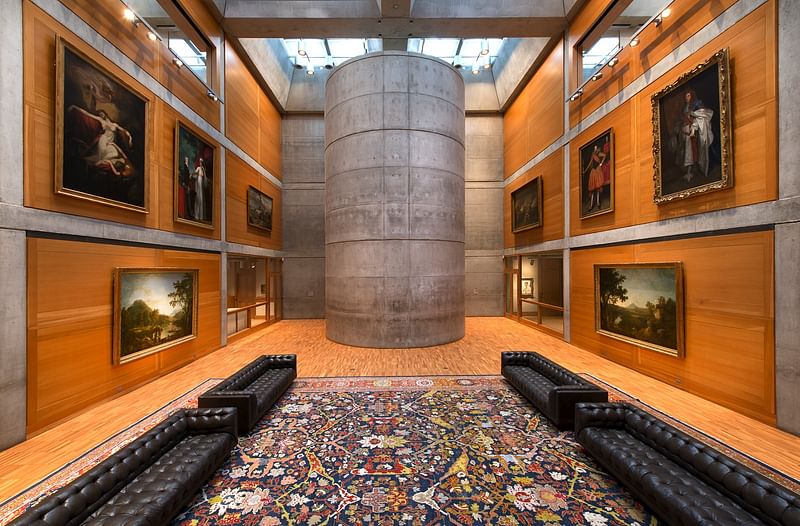
Civic/Institutional Design Award of Excellence: Yale Center for British Art
Description: “Designed by Louis I. Kahn, the Yale Center for British Art and its collection are the gift of philanthropist Paul Mellon. After nearly forty years since its opening in 1977, the Yale Center faced escalating conservation pressures. In response, Amy Meyers, the Center’s current director, commissioned a detailed conservation plan for the building titled Louis I. Kahn and the Yale Center for British Art: A Conservation Plan, published in association with Yale University Press. This pioneering document, the first of its kind in the United States for a building completed after World War II, identified the Center’s most culturally significant attributes, established policies for the future care of the building, and formed the basis for the building conservation project. The project was phased strategically as the majority of construction was completed in a ten-month period in 2015.”
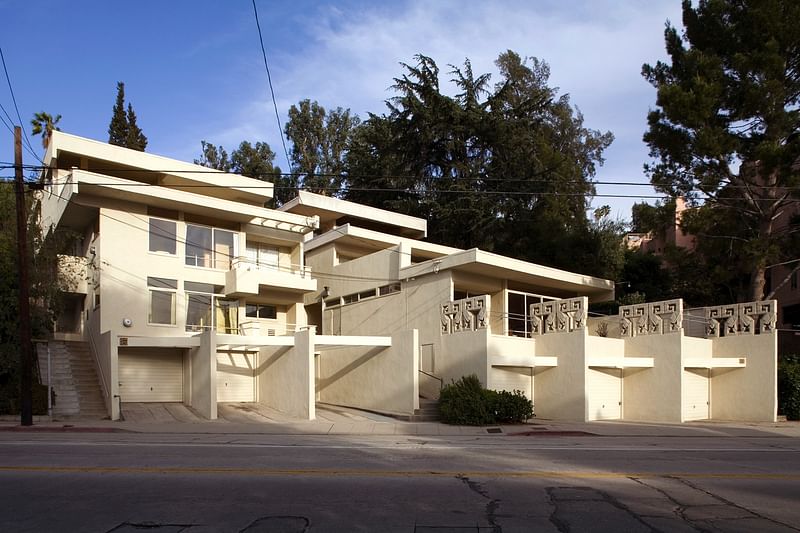
Residential Design Award of Excellence: Bubeshko Apartments
Located in Los Angeles, California the Bubeshko Apartments was first completed in 1941 for mother and daughter Anastasia and Luby Bubeshko. The one of the few realized and intact multi-family dwellings designed by Rudolph M. Schindler. Though the financial viability of the project presented a challenge, the new owners sought to sensitively restore the complex in the original spirit of both the architecture and life of the buildings.

Advocacy Award of Excellence: Nuclear Reactor Building
Description: “The role and impact of nuclear science during the Cold War is starting to be forgotten and thus the sites associated with the period are increasingly threatened as younger generations have little sense of this important period in our nation's history. Though the Nuclear Reactor building on the campus of the University of Washington was ultimately demolished, it is important to recognize Historic Seattle, the Washington Trust for Historic Preservation and Docomomo US/WEWA’s collaborative education and advocacy efforts that epitomize issues that Docomomo US and its Chapters and colleagues continue to encounter.”
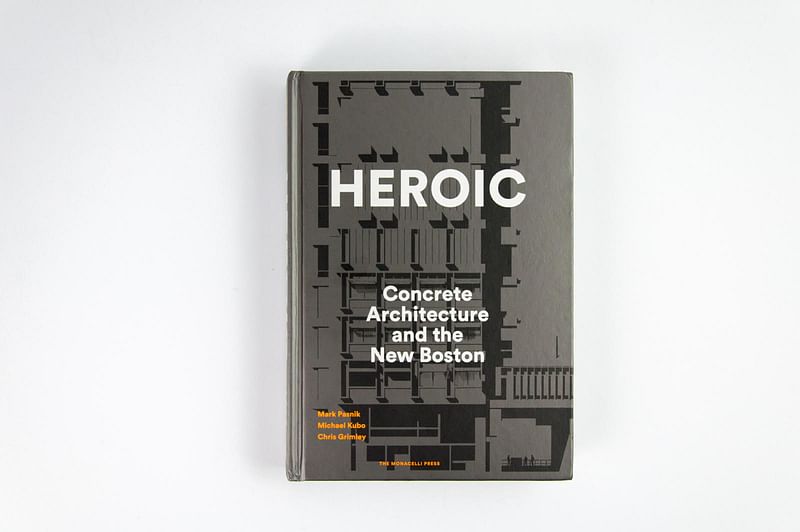
Advocacy Award of Excellence: The Heroic Project
Description: “The Heroic Project is an eight-year research initiative into the concrete architecture of Boston from 1960 until 1976 led by Chris Grimley, Michael Kubo, and Mark Pasnik. This initiative grew into a wide-reaching advocacy effort that included exhibitions, design studios and research seminars, lectures and interviews, tours, preservation campaigns for landmarking, and culminated in the publication of the acclaimed book Heroic: Concrete Architecture and the New Boston (Monacelli Press, 2015).”
Citations of Merit
Citation of Merit - Design: Stuhr Museum of the Prairie Pioneer
Description: “The jury awards a Citation of Merit for the conservation of the Stuhr Museum of the Prairie Pioneer designed by Edward Durell Stone. The open plains provided Stone and his son, landscape architect Edward Durell Stone, Jr., with a blank canvas resulting in a quintessential example of New Formalism that became one of Stone’s most unique works in terms of setting and integration between building and landscape.

Citation of Merit - Commercial: American Enterprise Group National HQ
Description: “The venerable building was designed by Gordon Bunshaft and completed in 1965. Upon opening, the building was featured in LIFE magazine and deemed 'the talk of the Midwest'. The American Enterprise Group received an Honor Award for Architecture from the American Institute of Architects in 1967. In response to aging materials and systems, the owner and restoration team approached the renovation with “the hope that its work would be nearly impossible to detect – a testament to the consideration given to the building’s defining features.”
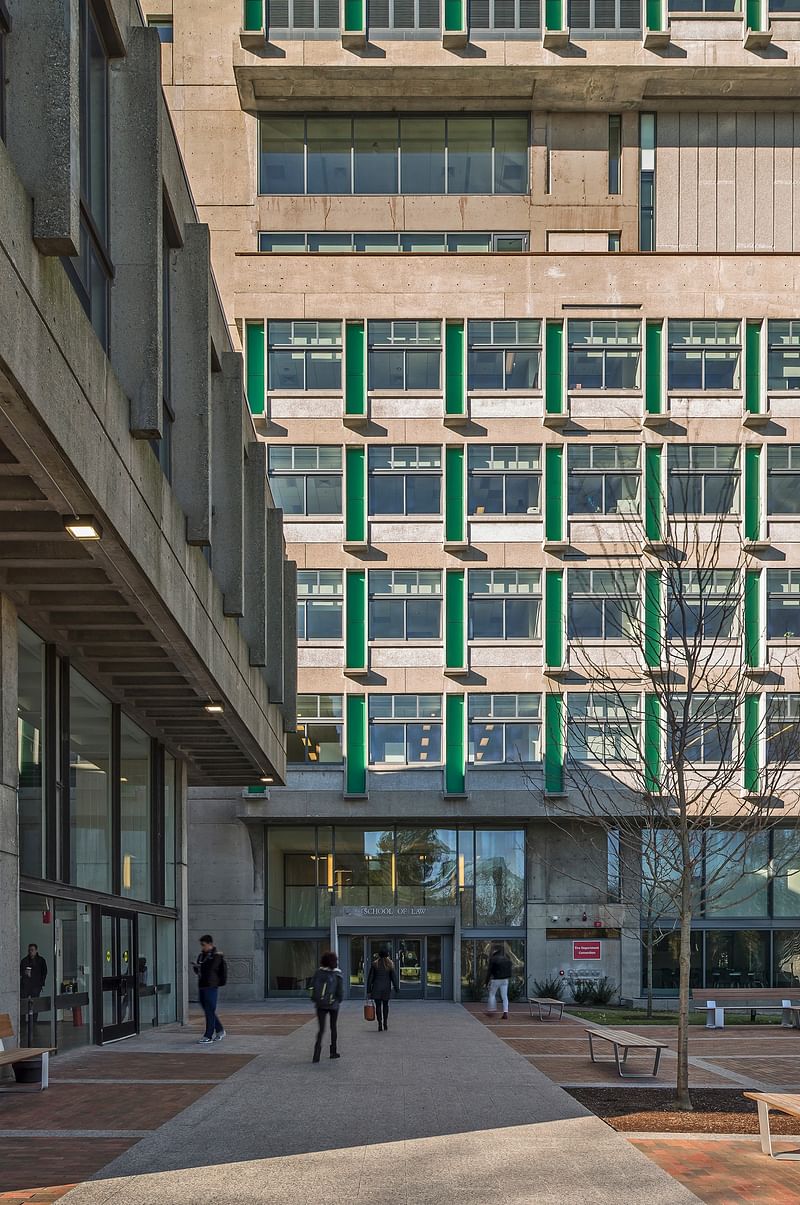
Citation of Merit - Civic/Institutional: Boston University School of Law
Description: “Josep Lluis Sert’s design for the campus of the Boston University School of Law is one of the great modern complexes of the mid-twentieth century and the architect’s largest assemblage of structures in the world. One of Sert’s seminal urban achievements, this group of five buildings dramatically altered traditional campus planning in America. The jury awards a Citation of Merit for the innovative approach to the conservation of the concrete of Boston University’s School of Law Tower and thoughtful addition of the Sumner M. Redstone Building.”
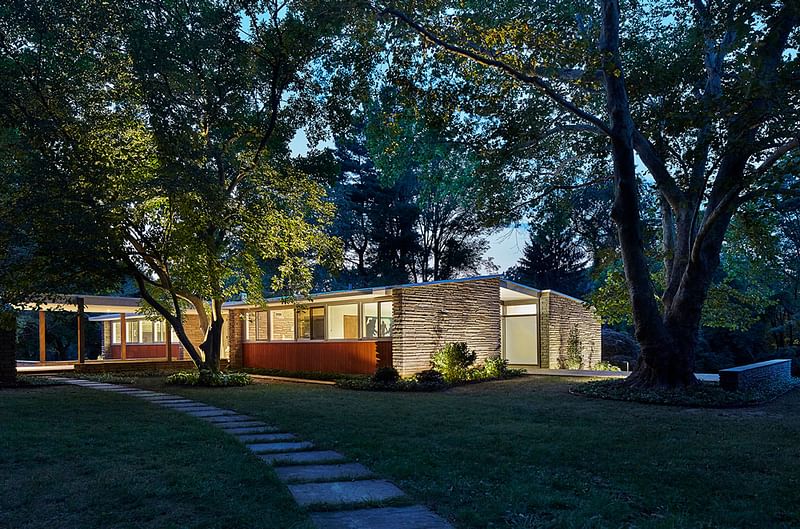
Citation of Merit - Residential: Smith Residence
Description: “The jury awards a Citation of Merit for the restoration of the Smith Residence, completed in 1960 by celebrated Philadelphia architect Vincent G. Kling. Mostly known for his commercial and institutional projects, Kling also completed several notable midcentury modern residences. ‘The project highlights an important and lesser-known dimension to Kling’s professional career,’ the jury commented. ‘The project is sensitively realized and its inclusion in a well-needed future monograph dealing with Kling’s work underscores the importance of this work in discussions of midcentury modernism and domestic space in Pennsylvania.’”
Photos courtesy of Docomomo US.

RELATED NEWS 2016 Modernism in America Awards winners exemplify the lasting impact of historic preservation


Share
0 Comments
Comment as :